A peek into Japan’s Hot Springs
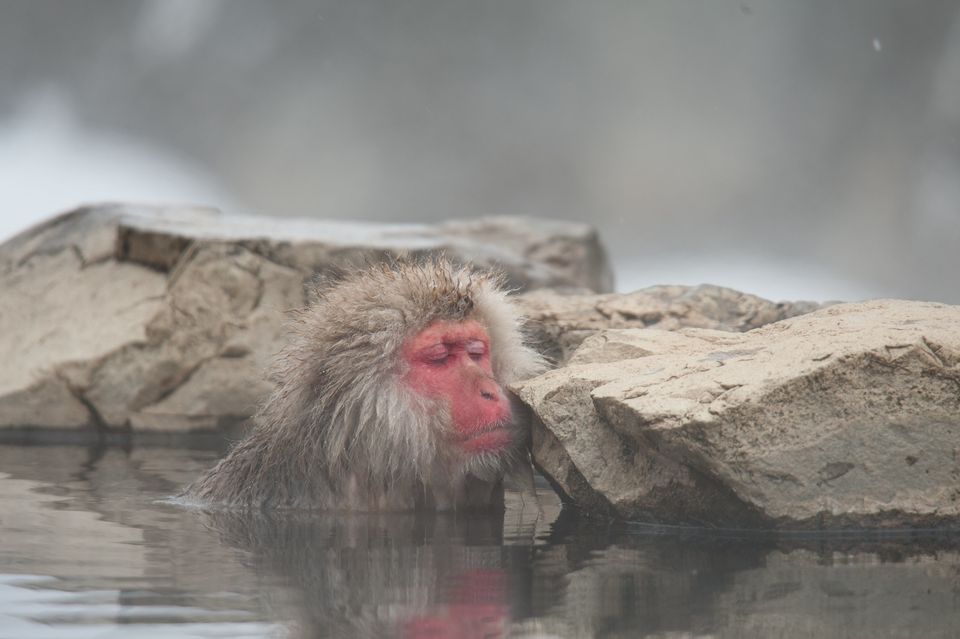
Editor’s Note: Due to the sheer amount of interesting material here we decided to break this into a three-part article.
We thank our avid reader “S” who suggested this topic and graciously helped with our research.
Could a nation’s bathing culture be influenced by its geology? Till I started researching for this post, this wasn’t even a question I would have thought of. Now after a month of work, I think the answer is a yes.
Japan sits on four different tectonic plates. As these plates move, so do parts of Japan.
Two of these plates, the Pacific Plate and the Philippines Plate, collide east of Tokyo creating the 1,600 km-long Izu-Bonin-Mariana Arc. The plates are under so much pressure that along this arc there are on average four underwater volcanoes every 100 kilometers!
Curiously, this incredible geology is tied to where millions of Japanese people go on weekends: an onsen.
Onsen
An onsen (温泉) is an underground hot water source (also called a hot spring) that gushes up or is pumped to the surface.
Onsen are present in every one of Japan’s 47 prefectures and for centuries the Japanese people have enjoyed bathing in these waters.
Hot springs are not unique to Japan. The Geysers in California, Karlovy Vary in the Czech Republic, Bath in the UK are all examples of hot springs. Japan, though, takes the crown in developing hot springs into a truly national resource that is not limited to a few famous towns.
What this post is not
There are many wonderful resources on the internet about onsen, showing you the great views, talking about onsen etiquette, sharing tips on how to enjoy your onsen trip, where to go, and so on.
In this post we will skip all of that and delve into the lesser-explored facets of Japan's onsens.
But first, for readers unfamiliar with the topic, here is a gist.
At its core, an onsen features a public bath that is fed from an underground water source. The warm waters of an onsen usually contain various dissolved salts and gases that make the experience very different from sitting in a bathtub or Jacuzzi.
The onsen experience has a completely different set of aesthetics compared to a bath you find at a high end resort. At an expensive American resort, you would find a huge porcelain tub with a faucet and bright lights above it. The experience is supposed to be fun. Contrast that with a Japanese onsen.
The onsen is usually framed against a beautiful backdrop of nature. The tub is often made of stones or wood, the lighting is often just sunlight, and the atmosphere is calm. The warm waters let both your body and mind relax, taking you away from weekday worldly worries.
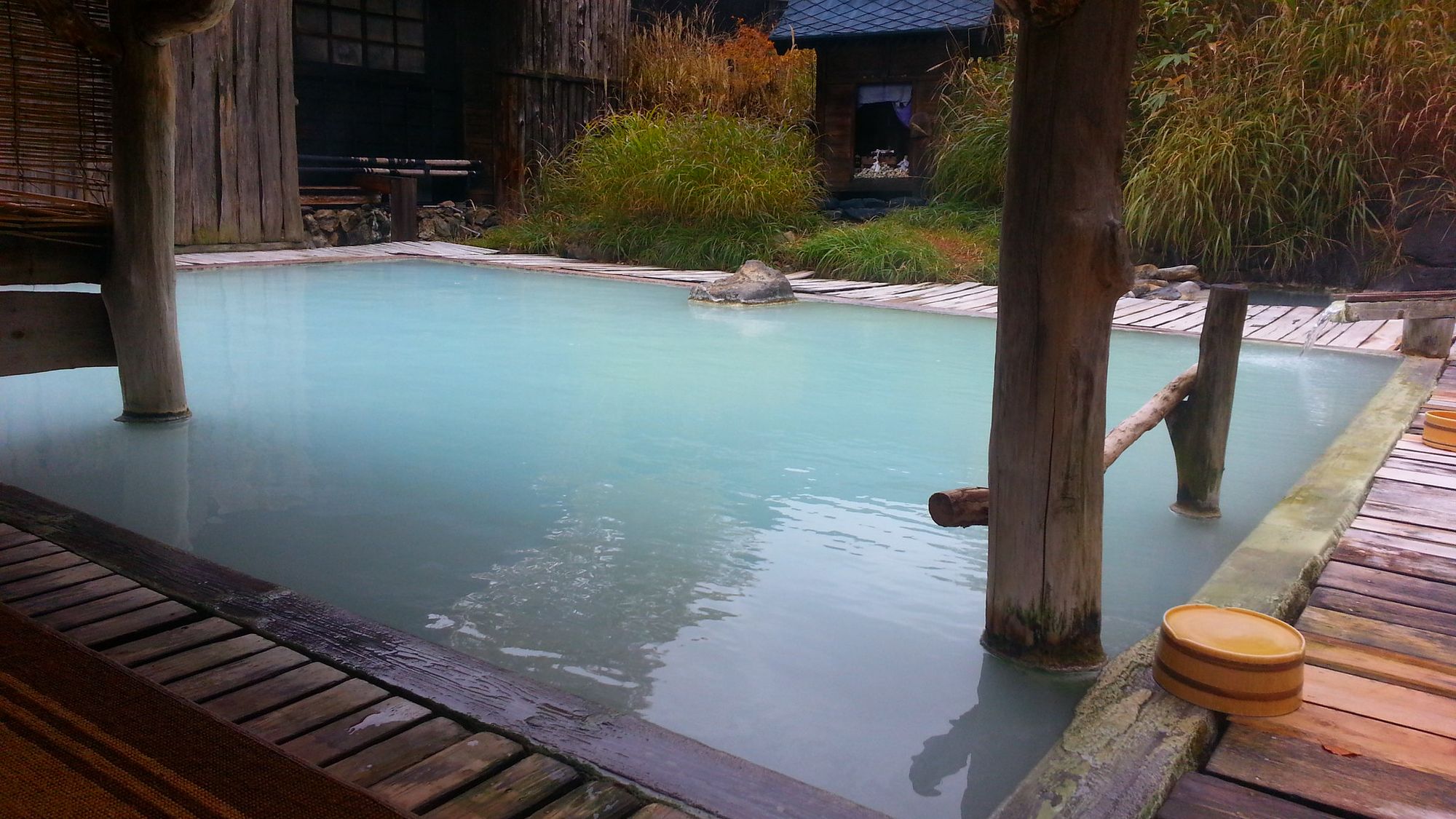
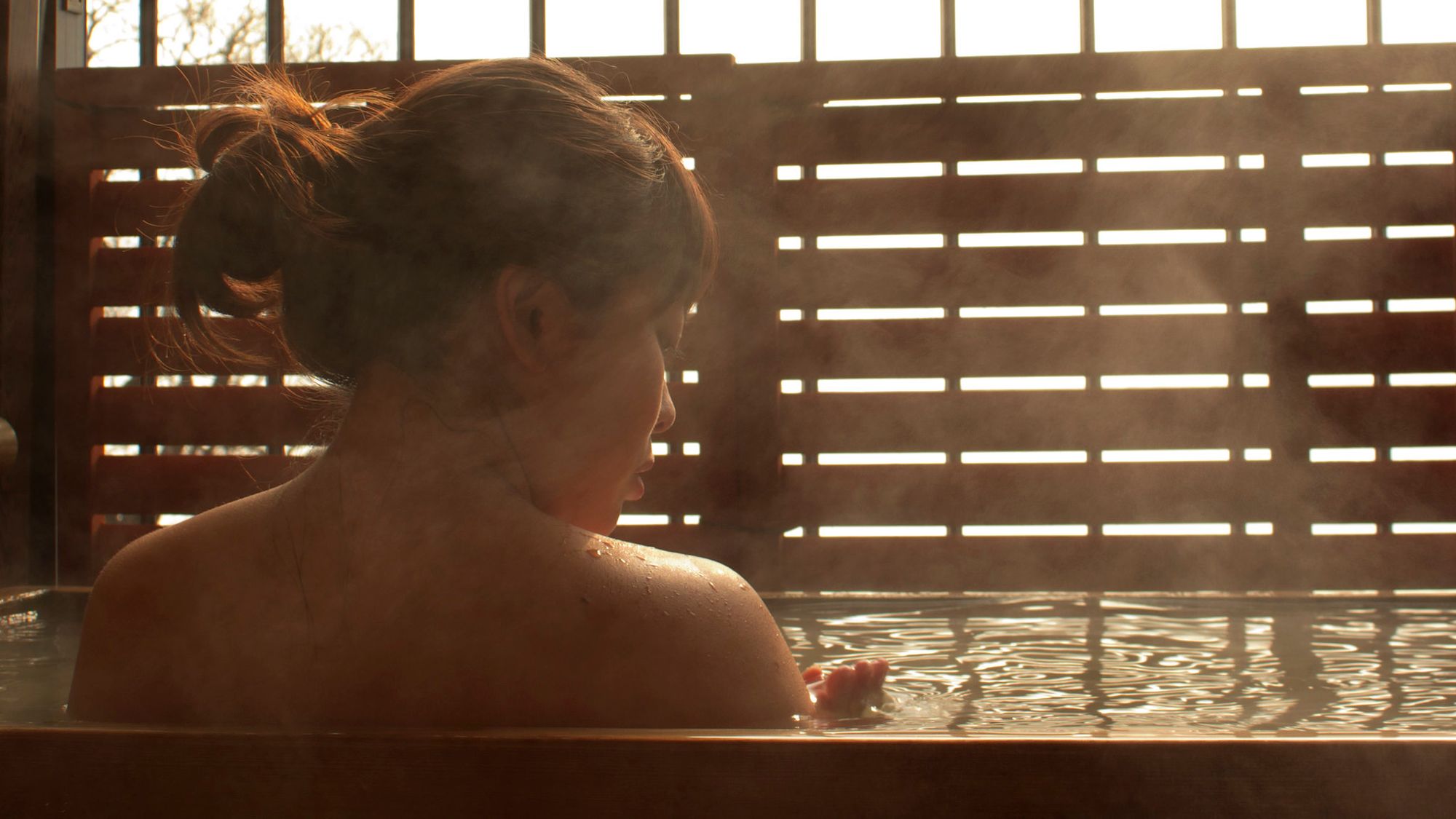
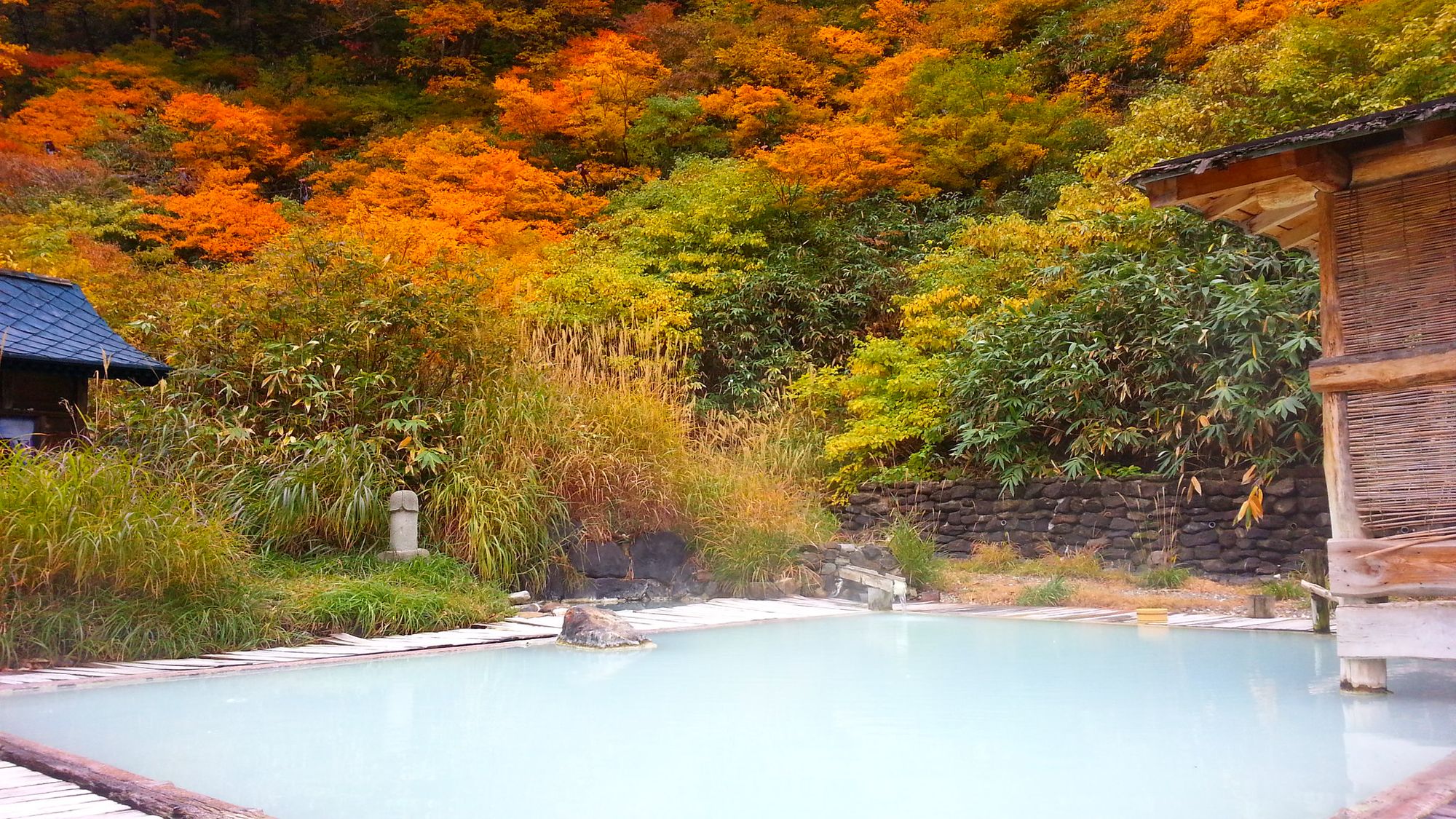
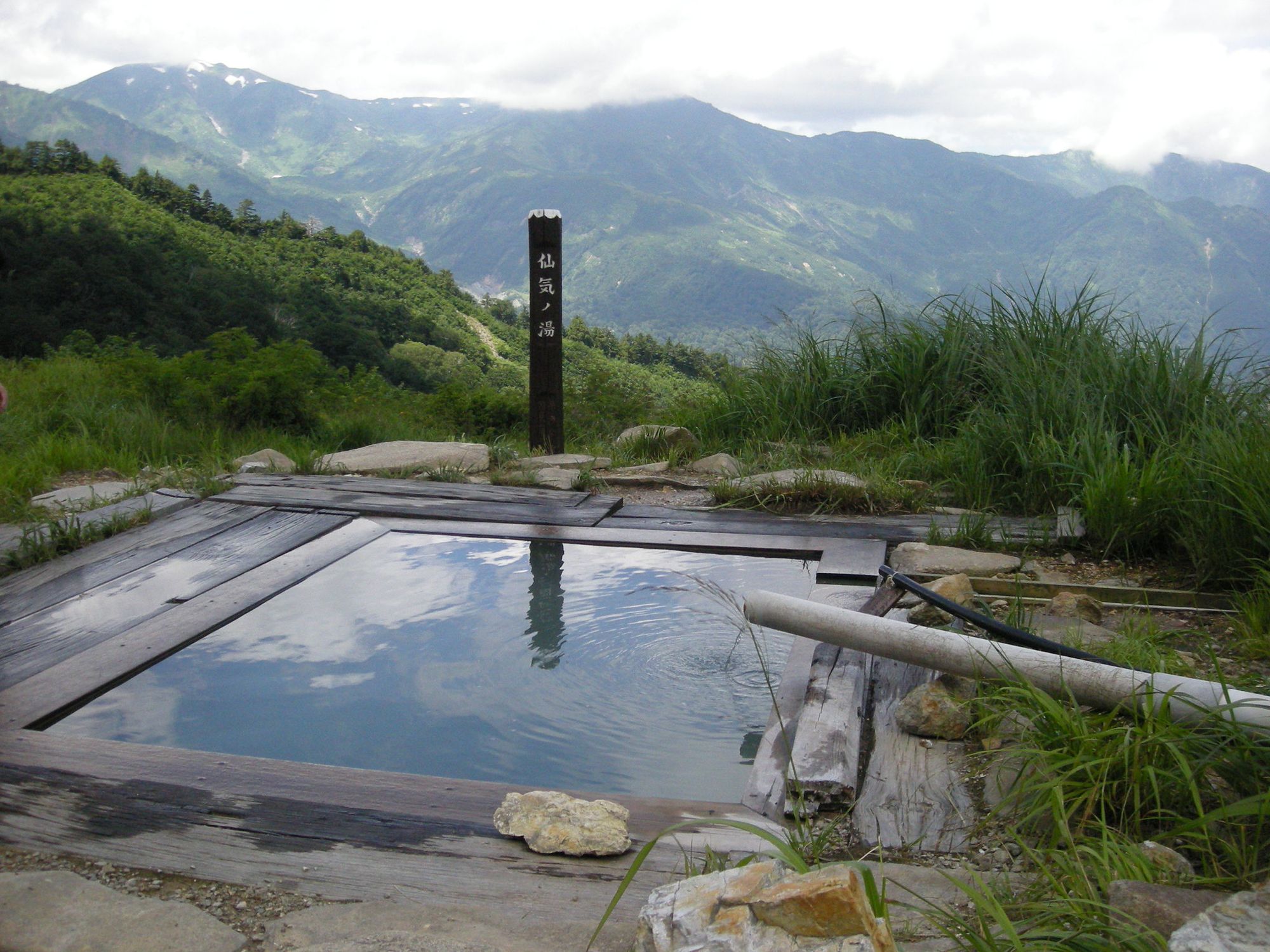
Japanese onsens Sources: Isriya Paireepairit, Isriya Paireepairit, Japanexperterna, lefty1007
Visitors to the onsen are expected to follow basic etiquette – no clothes on (except for a small towel to cool your head), always wash yourself well before entering the bath, and no swimming, shouting, or playing in the bath.
In Japan there is no cultural stigma (nor any sexual connotations) attached to public nakedness in a bath – something of a cultural shock to many visitors.
Serious business
There are currently 4,000 onsens operating in Japan.
In 2019, onsens saw a total of 126 million visitors. Even as Japan battled several waves of COVID in 2021, an incredible 78 million people visited onsens.
There is a hotly-competed-for annual onsen rating of the top 100 onsens in Japan, not unlike the Michelin guide for restaurants.
Japan Railways runs special trains along onsen routes. If you look for them, you will also find railway stations that have an onsen on the premises.
Pictured below is Hottoyuda station (ほっとゆだ駅). We raise our glasses to the world-class trolling here – the station’s name literally translates to “It’s hot water”.
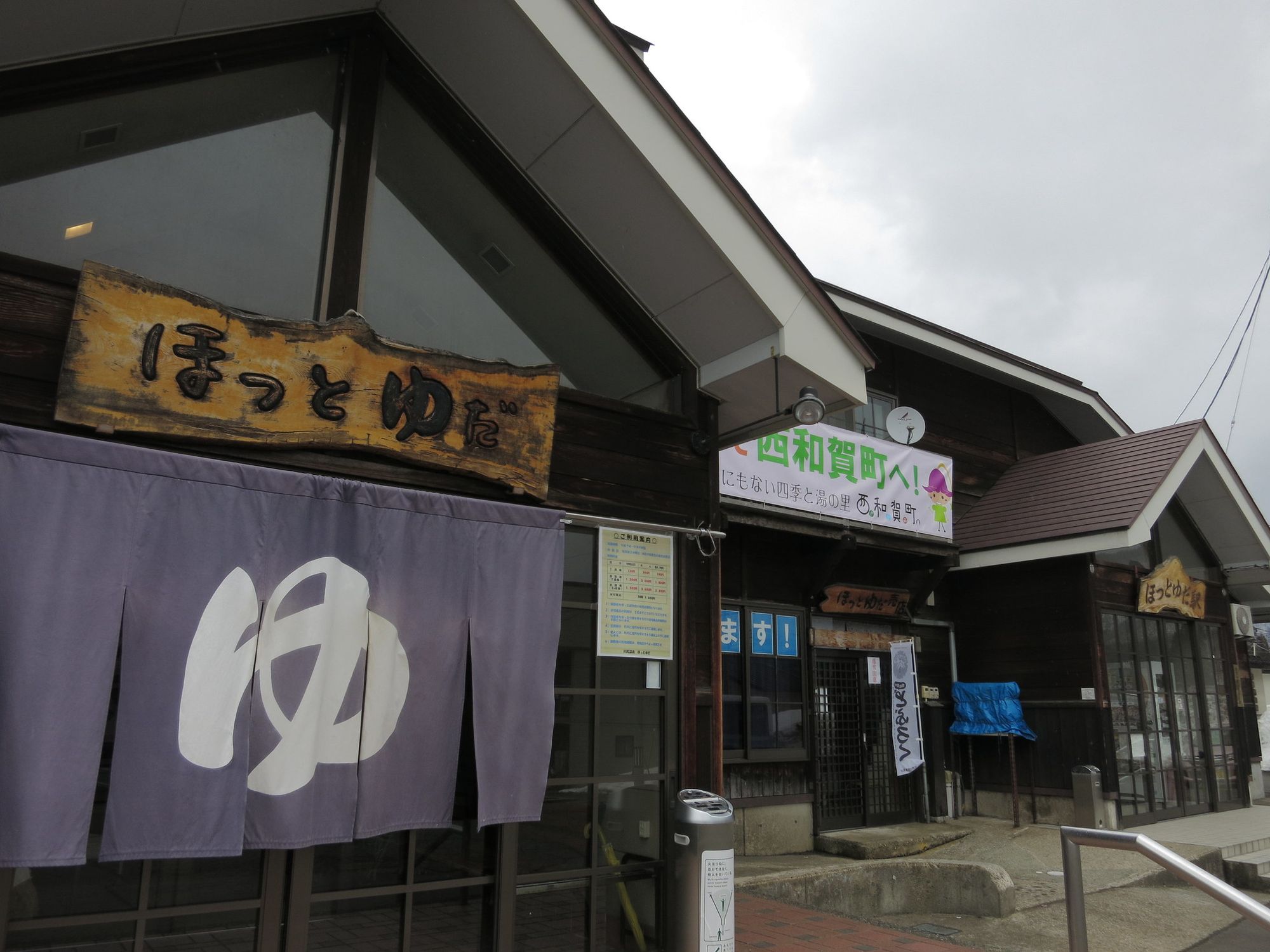
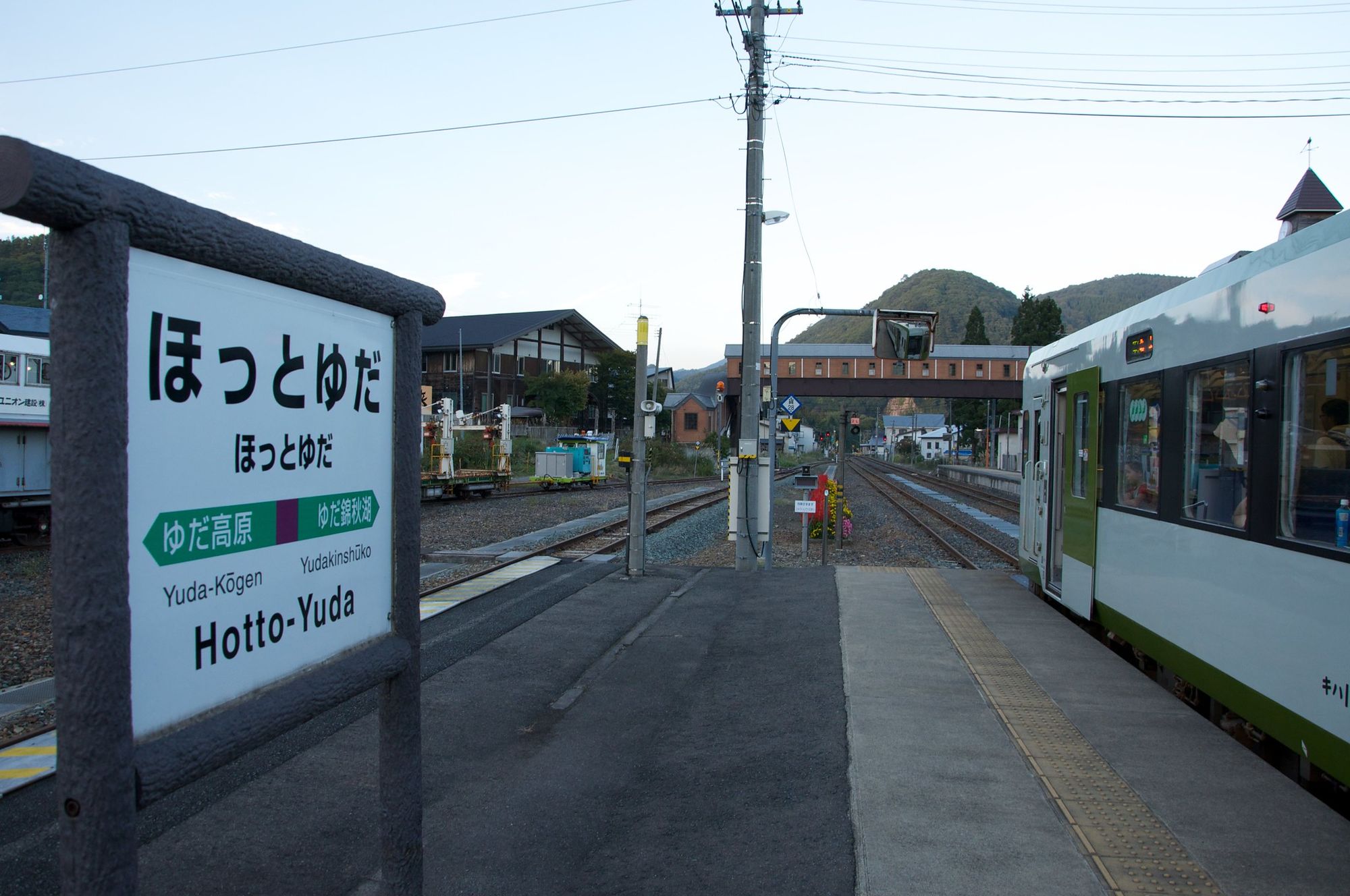
Onsen (left) at the Hottoyuda Railway Station (right) Sources: Ryo FUKAsawa, Yuriko Ikeda
There also exists an “Onsen Sommelier Association”, which has created a national certification exam to become an Onsen Sommelier who advises people on the best ways to enjoy onsen.
Japan takes its onsens seriously.
History of the onsen
The history of onsen in Japan is varied and rich, with some onsen tracing history to over 3,000 years ago. Naturally, legends and origin stories abound.
One legend has it that a general returning from war happened to observe a wounded egret visit a natural hot spring and heal its wounds in just a few days.
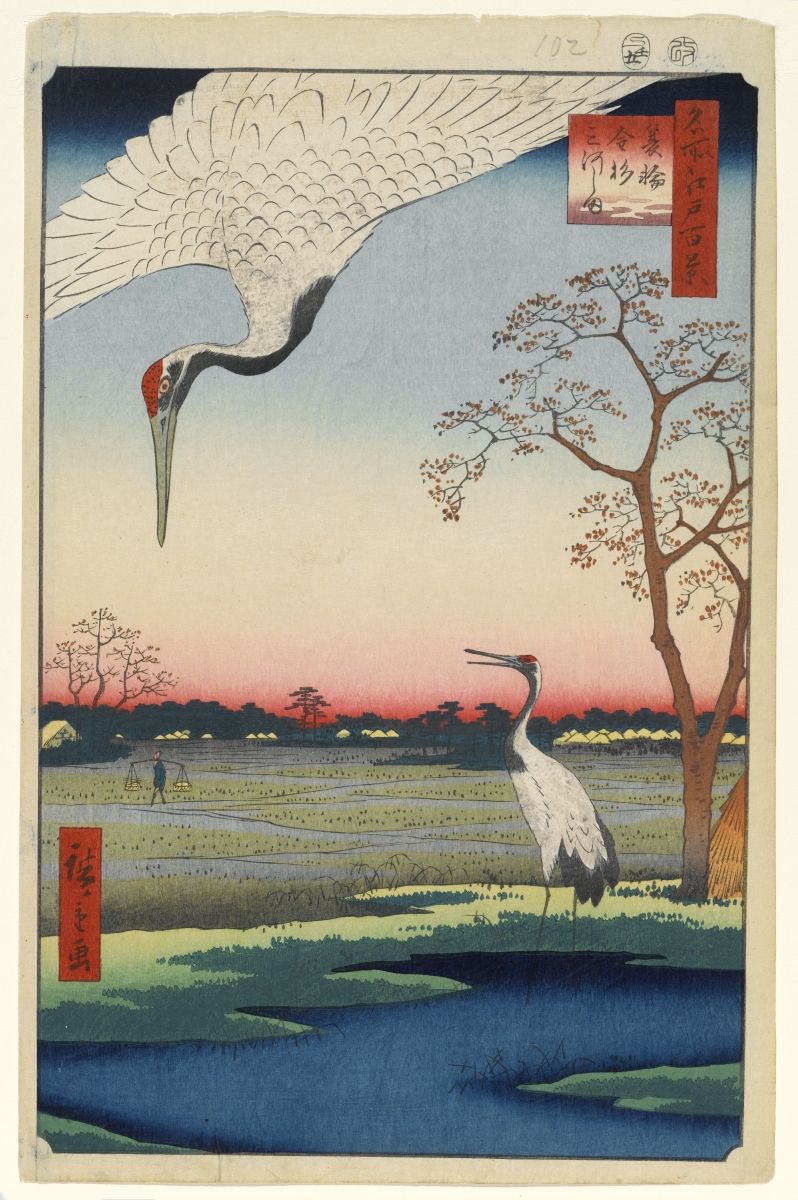
He connected the dots and ordered his soldiers to build a rudimentary bath around the hot spring. His soldiers too reported their wounds healed much faster when they bathed in it, and thus the onsen was born as a military superiority tool.
There are many other legends but in the interest of brevity we will simply link to them.
Soon, officials across the country were visiting various hot springs and compiling evidence on which waters were beneficial to what kinds of ailments.
Several warlords also had their own secret onsens that they used to heal their battle wounds.
Bottled (Barrelled?) Onsen
If you think bottled water is a scam, this might tickle your fancy: In the 1600s, local governments started enriching their coffers by exporting barrels of their coveted onsen water to Kyoto, Osaka, and Edo (Tokyo), where they sold at a pretty premium. Buyers reheated this water to bathe in them and some even drank it.
Once it was established that hot spring waters were beneficial, nobility began visiting them. In 1287, the emperor ordered onsen waters to be shipped to the Imperial Palace in Kyoto so he could bathe in them. There are records of soldiers collecting and transporting water from Arima onsen to the palace in Kyoto; almost a 100-km trek on dirt roads, with sloshing hot water. That bath better have been really good!
Many onsen waters contain an abundance of sulfur. Feudal lords collected this crystallized sulfur and presented it to the Imperial Court. The army made gunpowder with the sulfur and the lords got goodwill in return.
Onsens crossed the boundary from military to civilian life early on. Temples and shrines maintained information on which onsen pilgrims should visit. This helped cement onsens as not just baths but also as objects of reverence in the Japanese psyche.
In the centuries since, onsens have firmly become a part of Japan’s culture and evolved with the times.
Many shapes and sizes
Japan’s onsens come in many shapes and sizes.
While an onsen technically refers to the geologic formation of a hot spring itself, when someone tells you they went to an onsen, they usually mean they went to an onsen resort or spa which has a hot spring at its heart, but promises a whole day of pampering and great food.
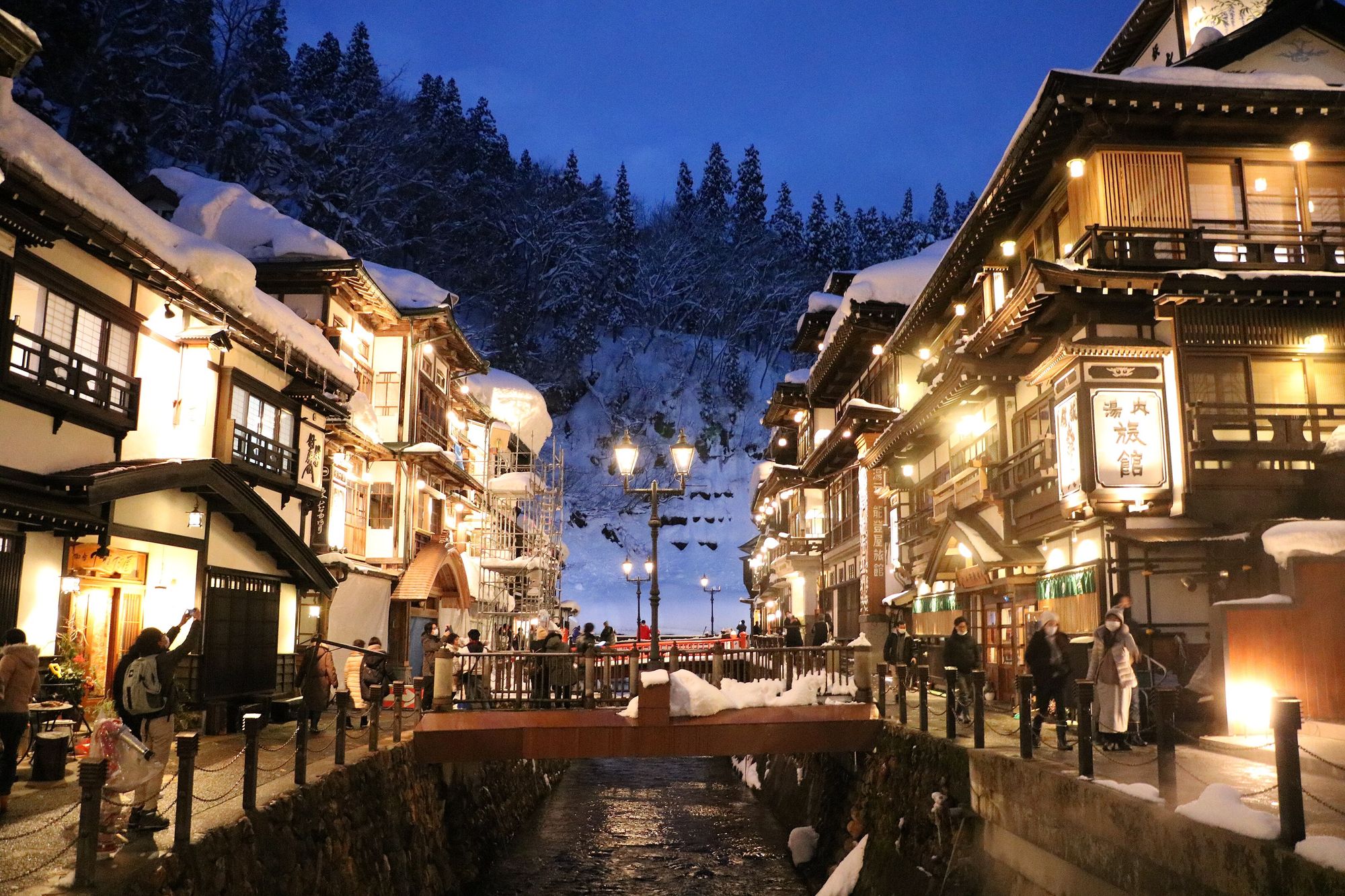
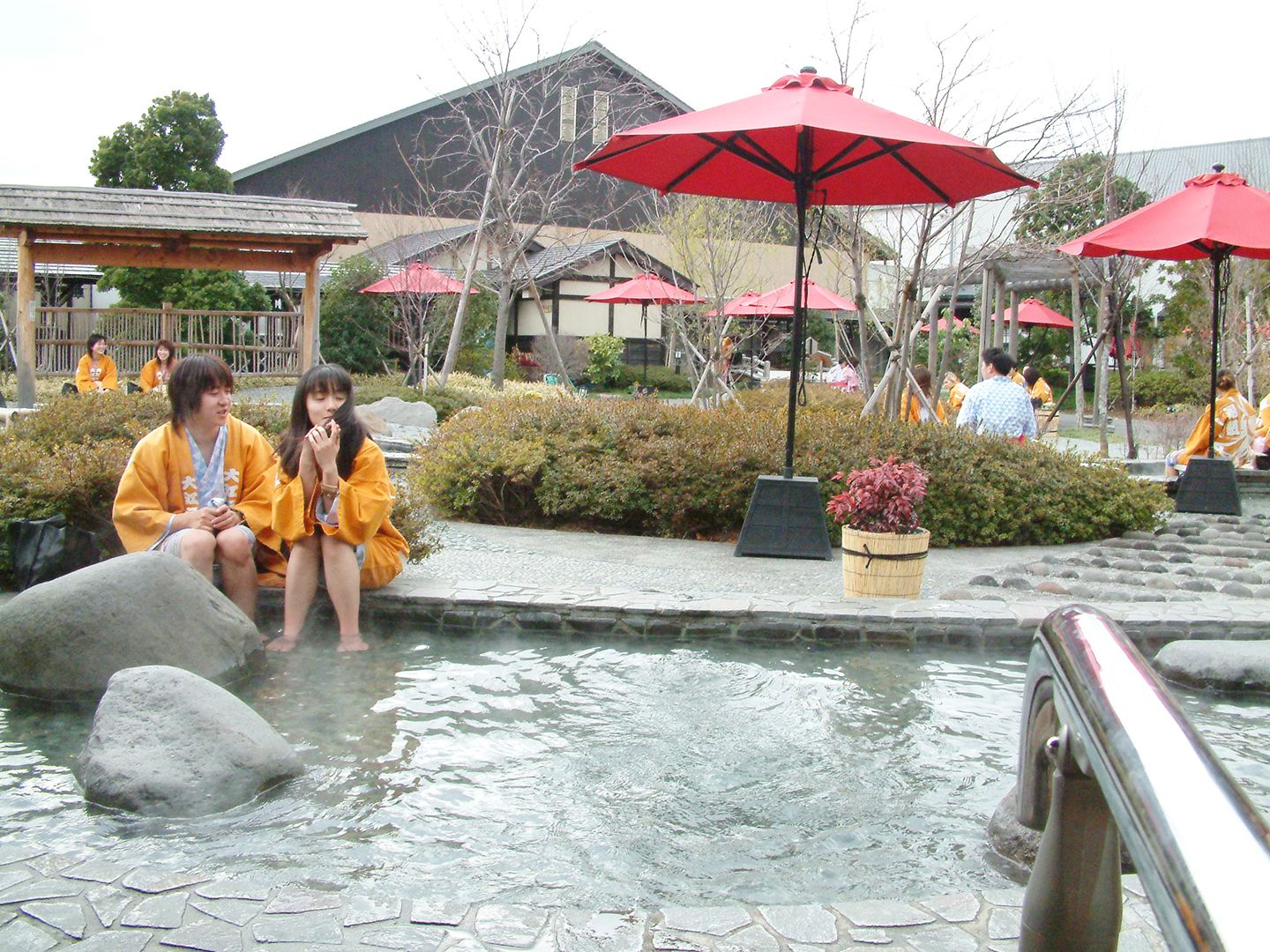
Ginzan Onsen Town in Winter (left); A couple enjoying an ashiyu (ummm.. onsen for feet) (Right) Sources: Wikimedia, MiNe
Visitors to such resorts usually spend a few nights to thoroughly enjoy the waters, food, and fanfare around these establishments.
Onsens come in other forms too: natural hot water pools, onsen waterfalls, private baths, and even onsen water piped into your hotel’s bathtub, for example.

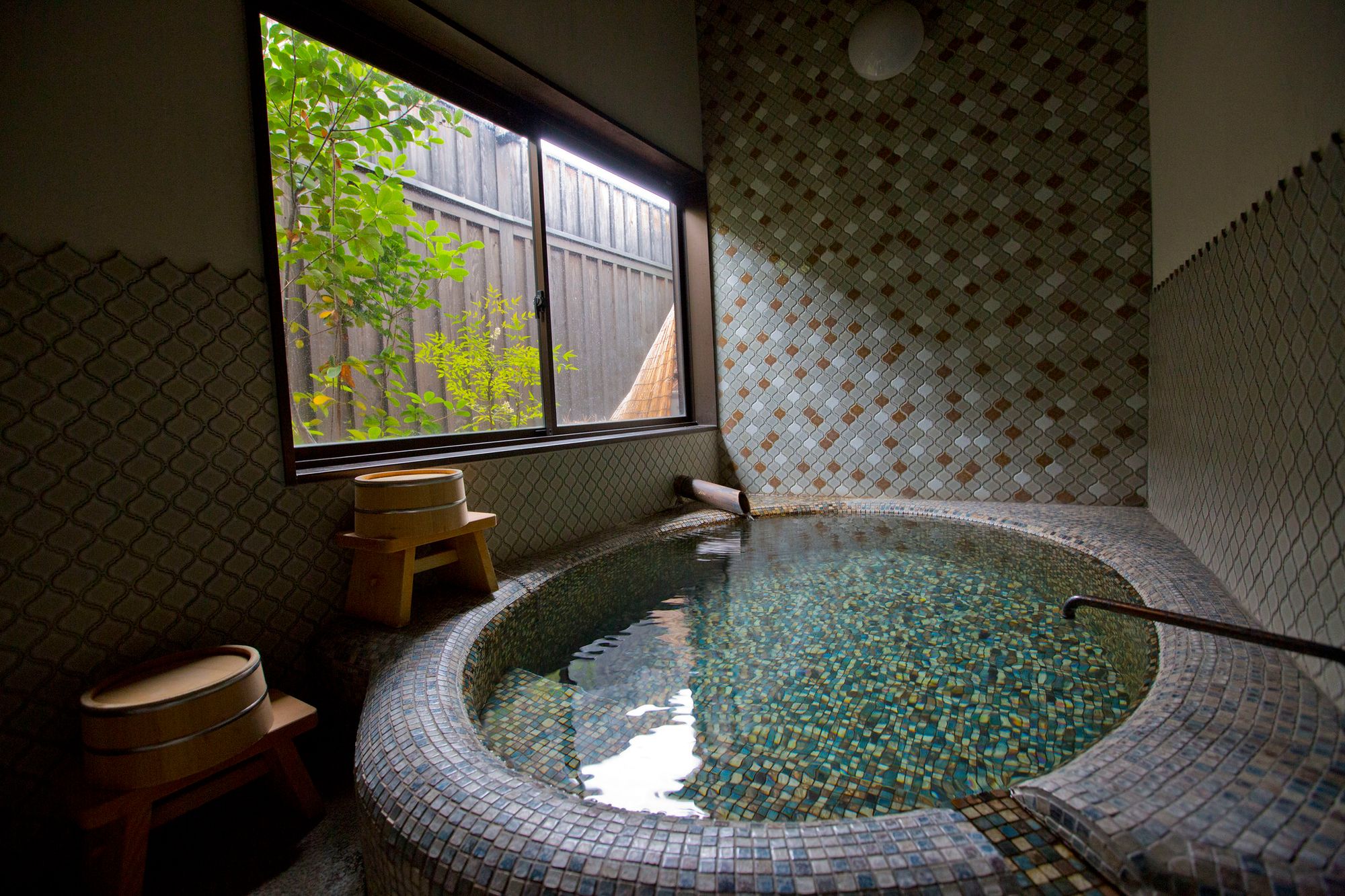
A hotel room with a view and an onsen (left); A private onsen bath (right) Sources: Big Ben in Japan, GoToVan
Japan’s onsens run the gamut from hole-in-the-ground-spewing-hot-water, all the way to onsen towns.
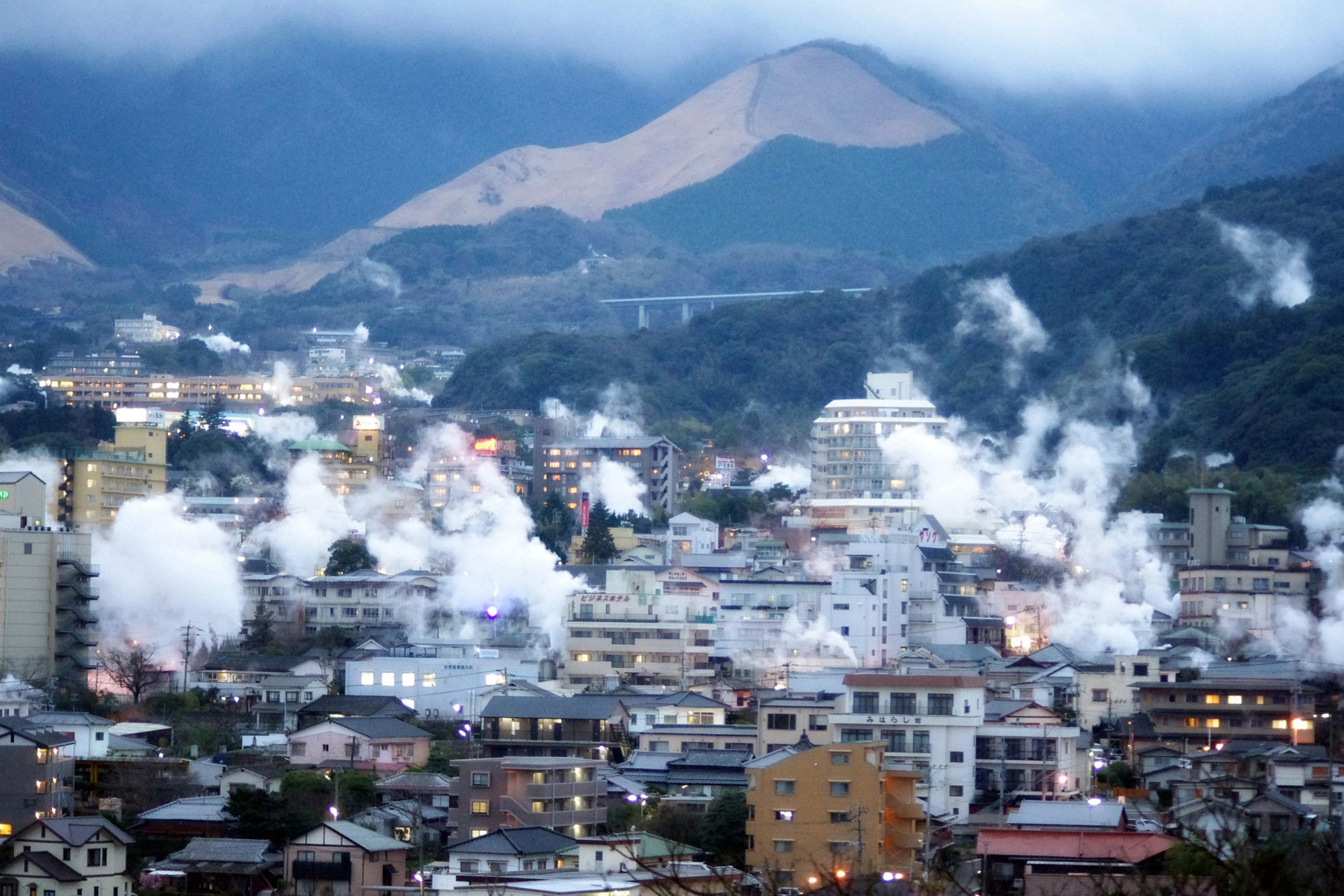
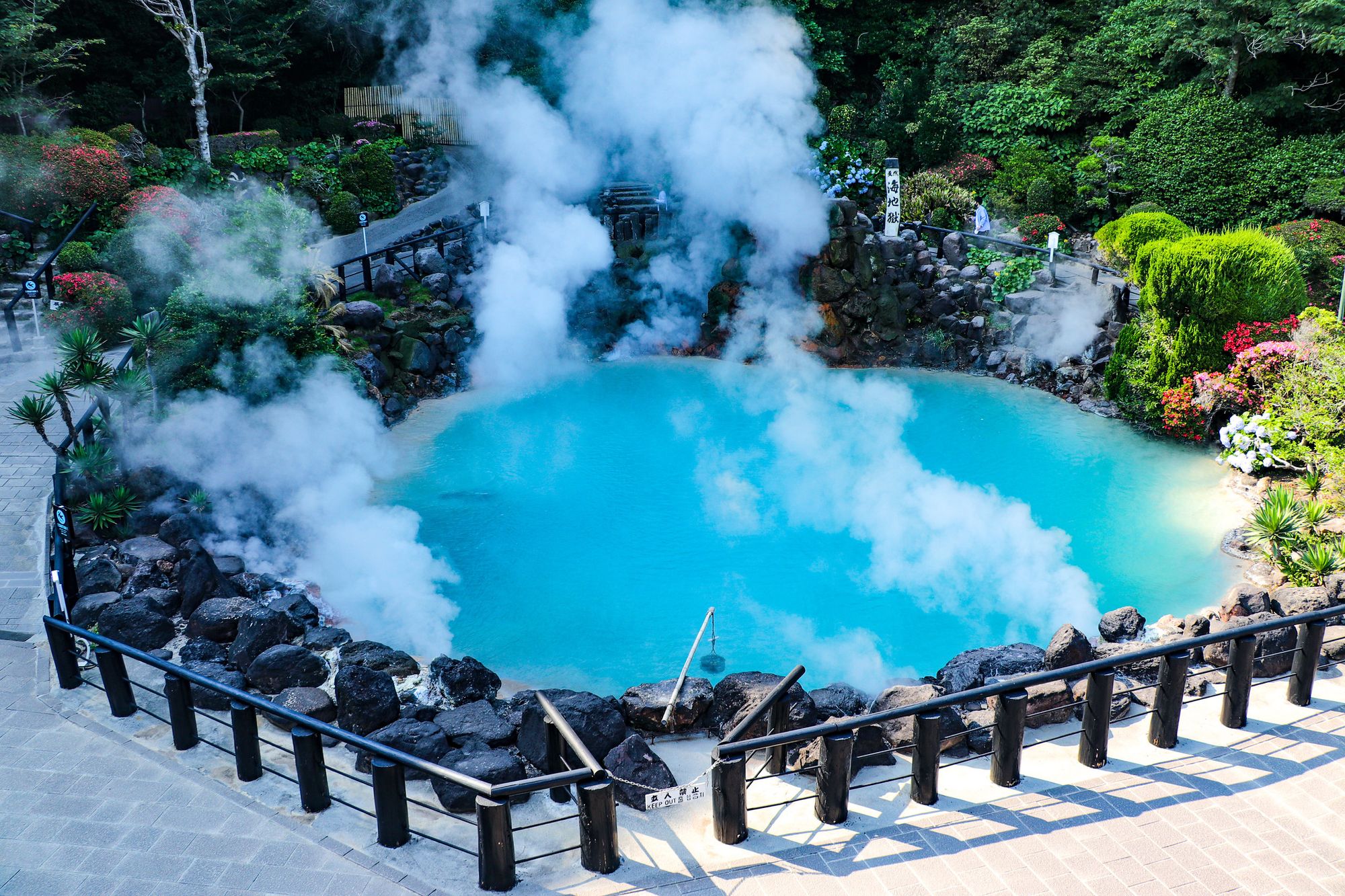
A townscape of Beppu City. The "smoke" is vapor from the many onsens in the city (left); Umi Jigoku, an onsen in Beppu (right) Sources: seiko tomono, hermitvoita
Beppu, one such town in southern Japan, has an outflow of 83 kiloliters per minute. Take a moment to picture that; 83,000 liters (21,900 gallons) of hot water flowing out of the ground. Every minute.
The Hot Spring Act of 1948
Lest you think any old well could be an onsen, the Japanese government has very clear rules on ... <Continued in Part 2>
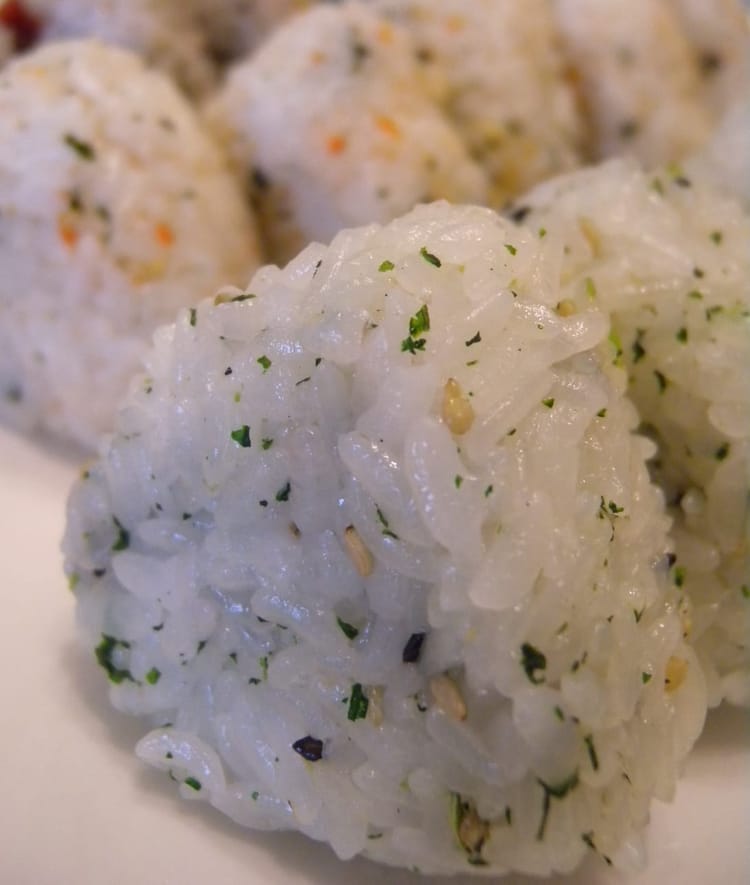
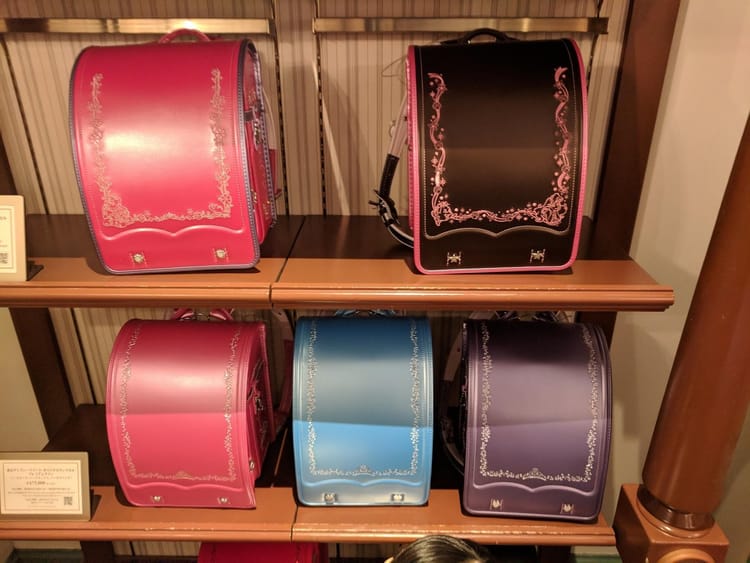
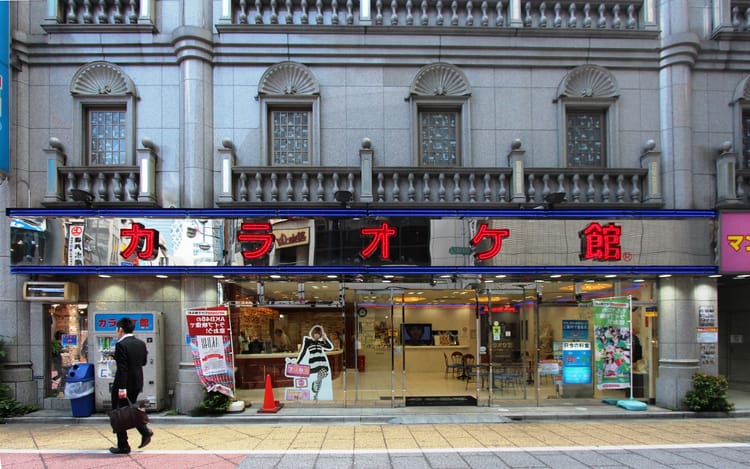
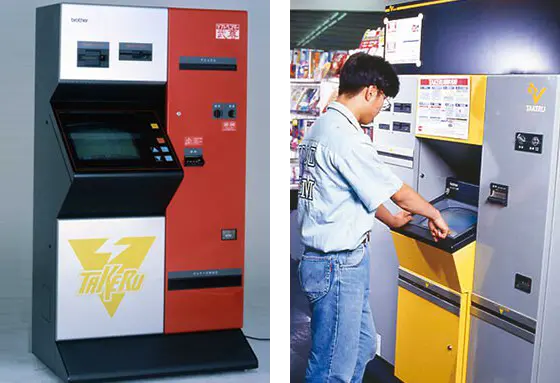
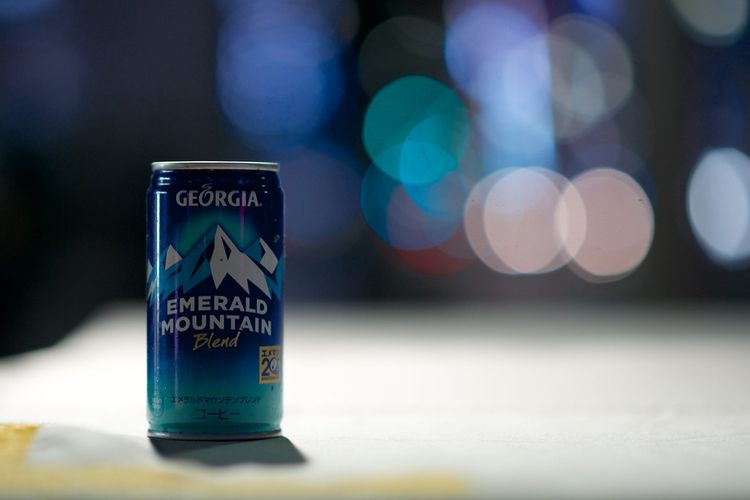
Member discussion